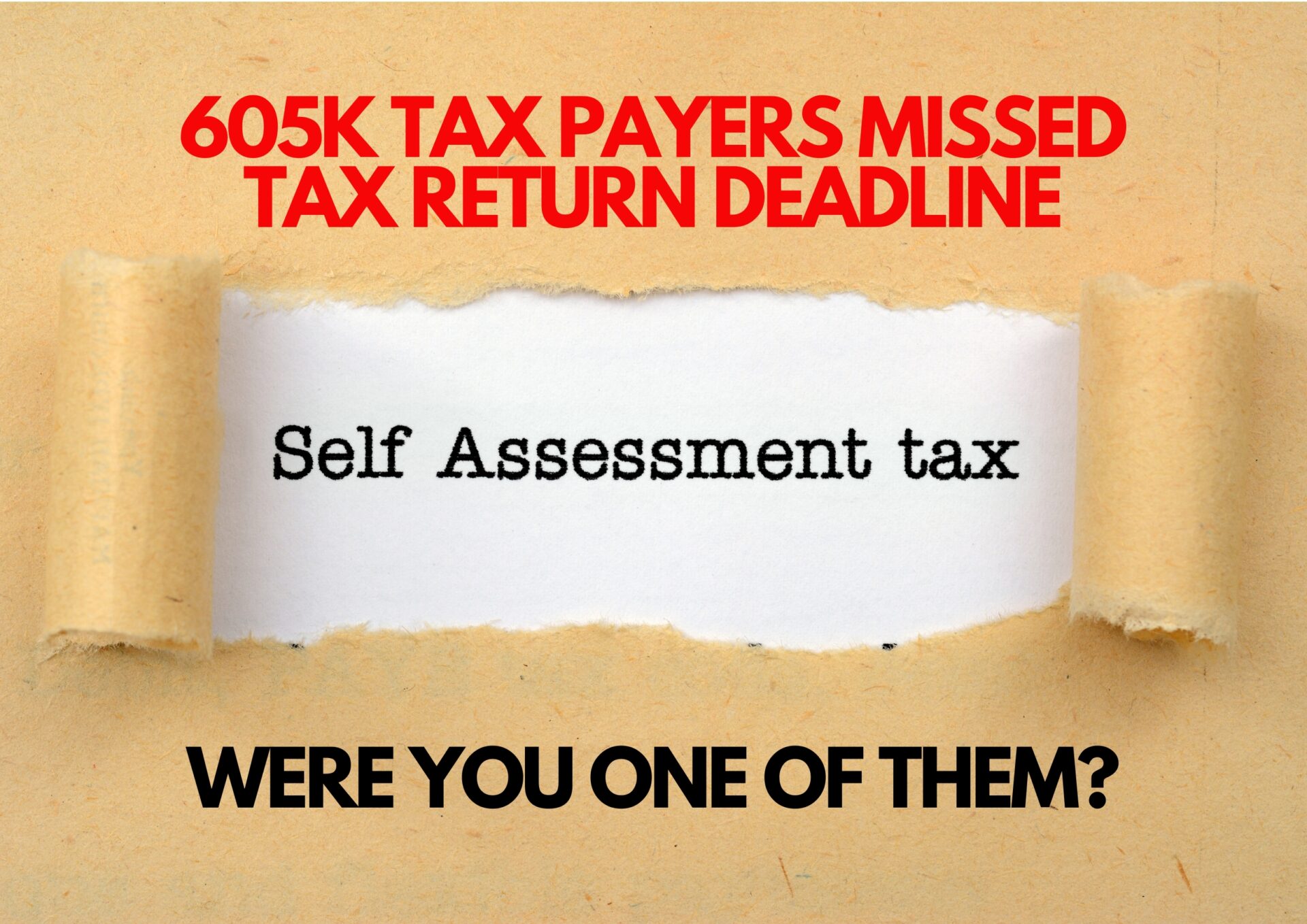Wednesday, 25th March 2020, Updated Friday, 17th April 2020
The Government has announced that employees’ wages can be secured via the Coronavirus Job Retention Scheme (CJRS). Employees will receive 80% of their salary and employers will be reimbursed by HMRC. This is a huge incentive to protects jobs which minimises employees being laid off or made redundant.
IMPORTANT
Implementing the Job Retention Scheme must involve a consultation between the employer and each employee.
You must document the meeting and provide the employee with sufficient guidance and information relating to what is involved and how they will be affected.
It is imperative to ensure that both the employer and employee sign a document which covers that the consultation took place, and the final decision made by the employee giving either their permission or refusal to accept the furlough status. The signed document should be kept with the employee’s HR record and copy given to the employee for their own records.
What is the Coronavirus Job Retention Scheme?
This is a temporary scheme which is open to all UK employers for at least four months starting from 1st March 2020. HMRC have advised that the online service to claim the CJRS will be launched on Monday, 20th April 2020.
The scheme is open to all UK employers that had a PAYE payroll scheme on or before 19th March 2020.
It is a scheme designed to support employers whose business operations have been severely affected by the coronavirus.
To get started, employers will need to discuss with each employee about the Coronavirus Job Retention Scheme and how, if implemented, it would affect that employee with respect to pay, holidays and other contractual rights. When deciding who to offer furlough to, equality and discrimination laws will apply in the usual way.
The meeting between employer and employee must be documented, including calculations of pay, annual leave entitlement, pension contributions and other contractual obligations. Any questions raised by the employee should be included along with the responses given and the final decision made by the employee should be expressively given along with the acknowledgement from the employer.
The final decision of the employee must be respected. Both employer and employee should sign an agreement that supports the meeting and the decision made and this should form part of the employee’s HR record. A copy of the signed document must be given to the employee for their own records.
The reason for a signed agreement is to ensure that all the guidance and information about the Coronavirus Job Retention Scheme and the final decision made is both given in full and is agreed upon.
Furlough – What is this?
Furloughed means that an employee is still in the same employment however they cannot work where their normal business duties are deemed non-essential, or they are unable to work, both due to COVID-19.
In return employers can claim a grant of up to 80% of each employee’s wage, up to a cap of £2,500 gross per month.
The employer can choose to fund the difference between the CJRS payment and the employee’s usual salary, however this is not compulsory.
Changing an employee’s status is subject to existing employment law and may depend on the employment contract, which may also be subject to negotiation.
In the event that redundancy measures have already started, employers can reconsider their options and implement the CJRS instead. Redundancy could be reviewed and implemented at a later date, in the event that the business is unable to recover.
We strongly recommend that you seek the necessary legal advice to identify the associated risks involved, should you feel that redundancy is your only option.
Other statutory rights are deemed unaffected also, such as continuity of service and annual leave which, subject to individual employment contracts, will continue to accrue.
The option to be furloughed must be made available to all employees. An employer does not need to place all employees on furlough. However, employees who are furloughed cannot undertake any work that either:
- makes money for your organisation or any organisation linked or associated with your organisation; or
- provides services for your organisation or any organisation linked or associated with your organsation
they can take part in volunteer work or training.
How long will the grant last for?
The initial period is for 4 months, effective from 1st March 2020. However as the coronavirus disease continues to ravage across the globe, the measures of support offered by the Government are constantly reviewed and updated.
The grant will only apply to payrolls administered from 1st March 2020 and for those in employment on or before 19th March 2020.
HMRC are updating the payroll portal to enable employers to submit the relevant information for employees designated as furloughed.
How will this affect the employee?
Employees must be on the PAYE payroll on or before 19th March 2020 and be in any type of contact, including:
- Full-time employees
- Part-time employees
- Employees on agency contracts
- Employees on flexible or zero hour contracts
The scheme also covers employees who were made redundant after 28th February 2020, but before 19th March 2020, if they are rehired by their employer.
The employee cannot work during their furloughed period. If the employee continues to work on reduced hours they will not be eligible for the scheme and must be paid in the normal way.
Further guidance on eligibility and who can be treated as a furloughed employee can be found by visiting HMRC.
The tax treatment – while on furlough, the employee’s wages will be subject to the usual income tax and other deductions.
CJRS is calculated on an average of your normal gross pay plus employer’s NIC and the minimum automatic enrolment employer pension contributions on that subsidised wage. You can claim for any regular payments you are obliged to pay your employees. This includes wages, past overtime, fees and compulsory commission payments. However, discretionary bonus (including tips) and commission payments and non-cash payments should be excluded. For employee’s whose pay varies, an average across 12 months or since they started work can be used.
Where an employee pays for additional items under an employee benefit scheme, under current legislation these should continue as normal.
Office holders and company directors within a personal service company (PSCs) are also entitled to the CJRS with reference to their salary only. Dividend income is not included.
Annual leave will continue to accrue and there will be no disruption to their service record, subject to employment contract.
Employees that have been furloughed have the same rights as they did previously. That includes SSP entitlement, maternity rights, other parental rights, rights against unfair dismissal and to redundancy payments.
Where the employee is unable to work due to displaying symptoms of the coronavirus, or is having to self-isolate due to another member of their household becoming infected, then the revised SSP rules will apply and will be effective from day 1 of the sick pay period and will last for 14 days.
Our Onyx Payroll Team are on hand to provide the advice needed for calculating the gross pay and deductions, where applicable.
Who is eligible to claim CJRS and how?
All UK businesses are eligible provided they have a registered PAYE scheme in operation.
To qualify for the HMRC grant the employer will need to:
- Identify which employees are unable to work due to the restrictions of COVID-19 and discuss this scheme with them,
- Ensure employees are fully briefed and explain how they will be affected
- Ensure agreements are signed by both employer and employee
- Designate the affected employees as ‘furloughed workers’, calculate the employee’s earnings and update your payroll software
- Notify HMRC using the updated portal, by providing the following details:
- Employer ePAYE reference number
- The number of employees being furloughed
- The claim period (start and end date)
- Amount claimed (per the minimum length of furloughing of 3 weeks)
- Bank account number and sort code
- Contact name
- Contact phone number
Employers will need to calculate the amount to be claimed. HMRC will retain the right to retrospectively audit all claims.
Implementation and Financial Impact
Furloughed pay is calculated based on the employee’s normal gross pay plus employer’s NIC and employers pension contributions, excluding sick pay, overtime and benefits. It is based on average earnings calculated using the last pay period prior to 19th March 2020.
Please refer to the attached calculation and submission guide.
PAYE and NI deductions apply as normal.
The claim for the CJRS grant must be made using the new HMRC portal. Employers can only submit one claim every three weeks, which is the minimum length an employee can be furloughed for. Claims can be backdated until 1st March if applicable.
Once HMRC have received a claim it will be processed and paid into the bank account provided.
The timeframe for releasing the reimbursements should be up and running by the end of April 2020 and therefore employers will need to make provision until the HMRC grant is issued.
Where the employer has agreed to cover the difference between the CJRS and normal pay, they should ensure these costs are budgeted in their cash flow.
Employers may need to consider the Business Interruption loan or other banking facilities to cover the funds needed to pay staff wages until the grants are released.
Tax Treatment of the Coronavirus Job Retention Grant
Payments received by a business under the scheme are made to offset these deductible revenue costs. They must therefore be included as income in the business’s calculations of its taxable profits for Income Tax and Corporation Tax purposes, in accordance with normal principles.
Businesses can deduct employment costs as normal when calculating taxable profits for Income Tax and Corporation Tax purposes.
GET IN TOUCH WITH ONYX
Take a look at these questions, if you answer YES then give us a call.
- Do you need help with budgeting and managing your day to day costs?
- Are your management figures up to date?
- Need help applying for the Small Business Rates Relief Grant or the Business Interruption Loan?
- Is your business struggling because of COVID-19?
Not sure how the Coronavirus Job Retention Scheme will help you? Then give us a call or e-mail us at enquiries@onyxaccountants.co.uk for a FREE no obligation consultation.
Got any questions or queries? Our friendly team are happy to help. Just drop us a line! Call us on 0121 753 5522 or 01902 759 800.





